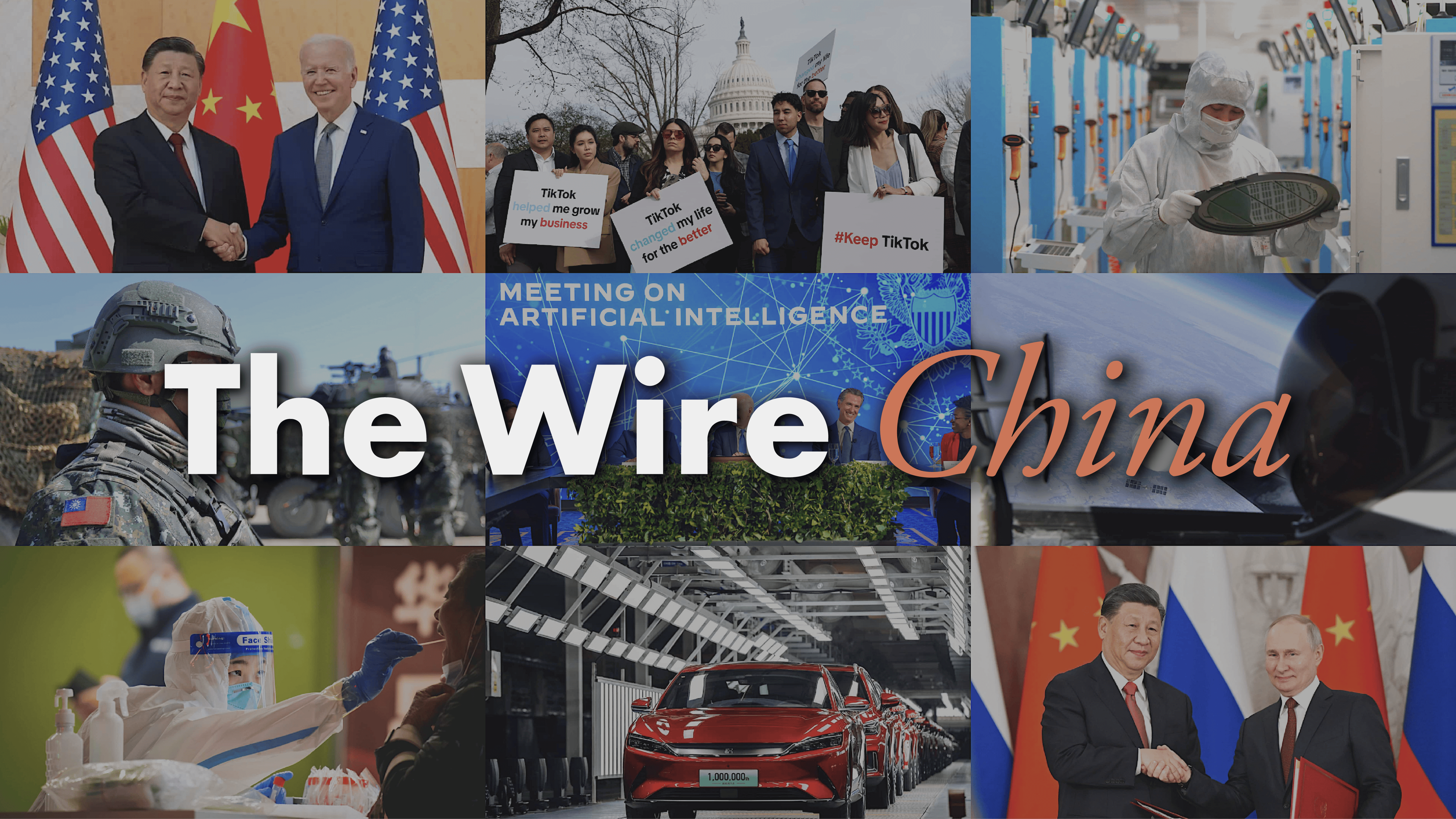Logan Wright is the director of China markets research at Rhodium Group and senior associate of the Trustee Chair in Chinese Business and Economics at the Center for Strategic and International Studies. Wright is an expert on China's financial system, and over the years he has studied the expansion of credit in China, the Chinese government’s deleveraging campaign, and local government debt. In the following lightly edited interview, we discussed China’s unbalanced economic recovery followin
LISTEN NOW
Face-Off: U.S. vs. China
A podcast about how the two nations,
once friends, are now foes.



